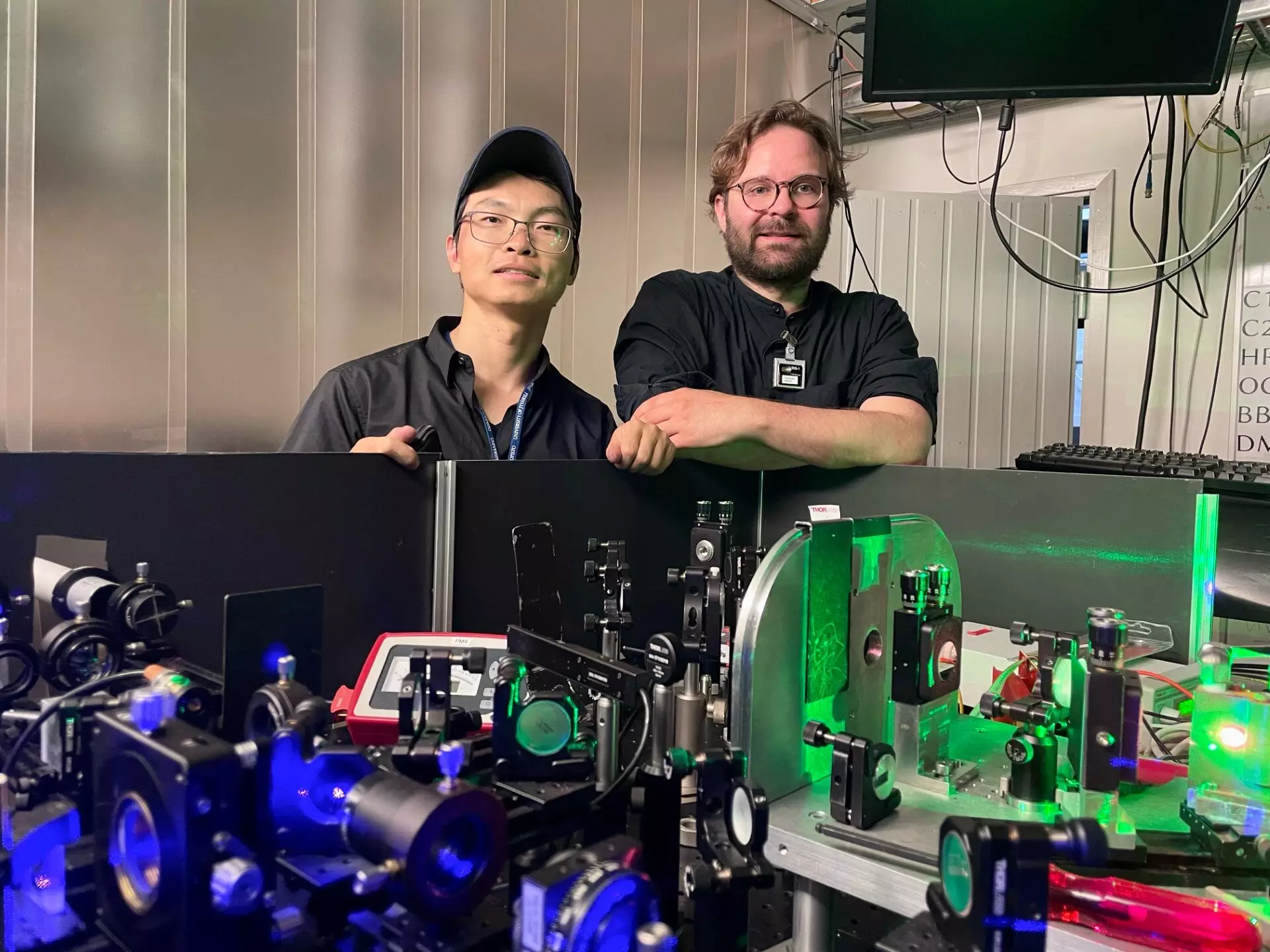Nuclear physics is a complex realm that offers extensive insights into the fundamental forces binding atomic particles together. Recently, researchers at the University of Jyvaskyla in Finland have shed light on an enthralling aspect of this domain: the magic neutron number 50. Their research into the silver isotopic chain has uncovered pivotal details regarding nuclear structure and forces, which are crucial for advancing theoretical models within this field. In this article, we delve into the significance of these findings, exploring their implications for both nuclear physics and astrophysics.
The study of shell closures, particularly the magic number 50, is central to comprehending nuclear stability. Magic numbers signify closed shells within an atomic nucleus, where protons or neutrons are arranged in such a manner that enhanced stability is achieved. In their research, physicists concentrated on the area of the nuclear chart just below the doubly magic isotope tin-100 (100Sn). This region is not only home to exotic nuclei but is also instrumental in evaluating shell closure stability and examining the relationships between neutron and proton interactions.
The findings from Jyvaskyla’s researchers emphasize the essential role that binding energies play in determining the stability and configuration of these exotic nuclei. By investigating these binding energies, scientists can gather critical insights about the single-particle energy evolution, the nature of long-lived isomers, and the behavior of proton drip lines. Consequently, this research enriches our understanding of the rapidly changing dynamics within atomic nuclei, heightening the accuracy of theoretical predictions made by nuclear physicists.
One of the cornerstones of the Jyvaskyla study was the innovative application of high-precision measurement techniques, including a hot-cavity catcher laser ion source combined with a Penning trap mass spectrometer. This advanced methodology allowed scientists to probe the silver isotopes, particularly silver-95 to silver-97, and their isomeric states with unprecedented precision. The ability to capture and measure these elusive particles, even at sparse yield rates, speaks volumes about the capabilities of modern experimental physics.
Research Academy Fellow Zhuang Ge highlighted that the precise mass measurements achieved during this study enable a detailed benchmarking of the nuclear ab initio, density functional theory, and shell model calculations. By quantifying the robustness of the neutron shell closure at N=50, this research paves the way for more refined theoretical frameworks that seek to explain and predict nuclear behaviors near the proton drip line.
The implications of these findings extend far beyond the confines of theoretical physics; they also encompass astrophysical processes. For instance, the emissions and interactions involving the isotope silver-96 hold potential significance in models of astrological phenomena, particularly during rapid proton capture events. By treating the silver-96 isomer and its ground state as distinct entities, the research has opened up new avenues for modeling astrophysical scenarios more accurately.
Furthermore, the ability to precisely measure excitation energies provides a critical benchmarking tool for simulations of nuclear interactions in cosmic processes. This synergy between nuclear physics and astrophysics underscores the interconnectedness of these disciplines, wherein advancements in one area often yield insights that are beneficial to the other.
With their latest study published in prominent journals, including Physical Review Letters and Nature Communications, the researchers aim to enrich the existing body of knowledge on nuclear forces. As noted by Ge, the challenges faced by current theoretical models in reconciling observed nuclear ground-state properties reflect the need for further refinement. This research not only offers essential data that illuminates the mechanisms governing nuclear forces but also propels future studies aimed at enhancing our comprehensive understanding of atomic nuclei.
The newfound insights into silver isotope behavior demonstrate a broader significance, signaling a potential pathway to explore the ground-state properties along the N=Z line. As ongoing investigations continue to refine our understanding of these isotopes, we inch closer to unlocking more mysteries within nuclear physics.
The University of Jyvaskyla’s advancements in understanding the magic neutron number 50 within the silver isotopic chain signify a crucial step towards demystifying the complexities of nuclear forces. As innovative measurement techniques reveal intricate details of atomic nuclei, they provide invaluable information that enhances both theoretical frameworks and practical applications, including astrophysical modeling. The commitment to continuous research in this area holds promise for unveiling further secrets of the universe, enriching both theoretical physics and our understanding of cosmic phenomena.


Leave a Reply